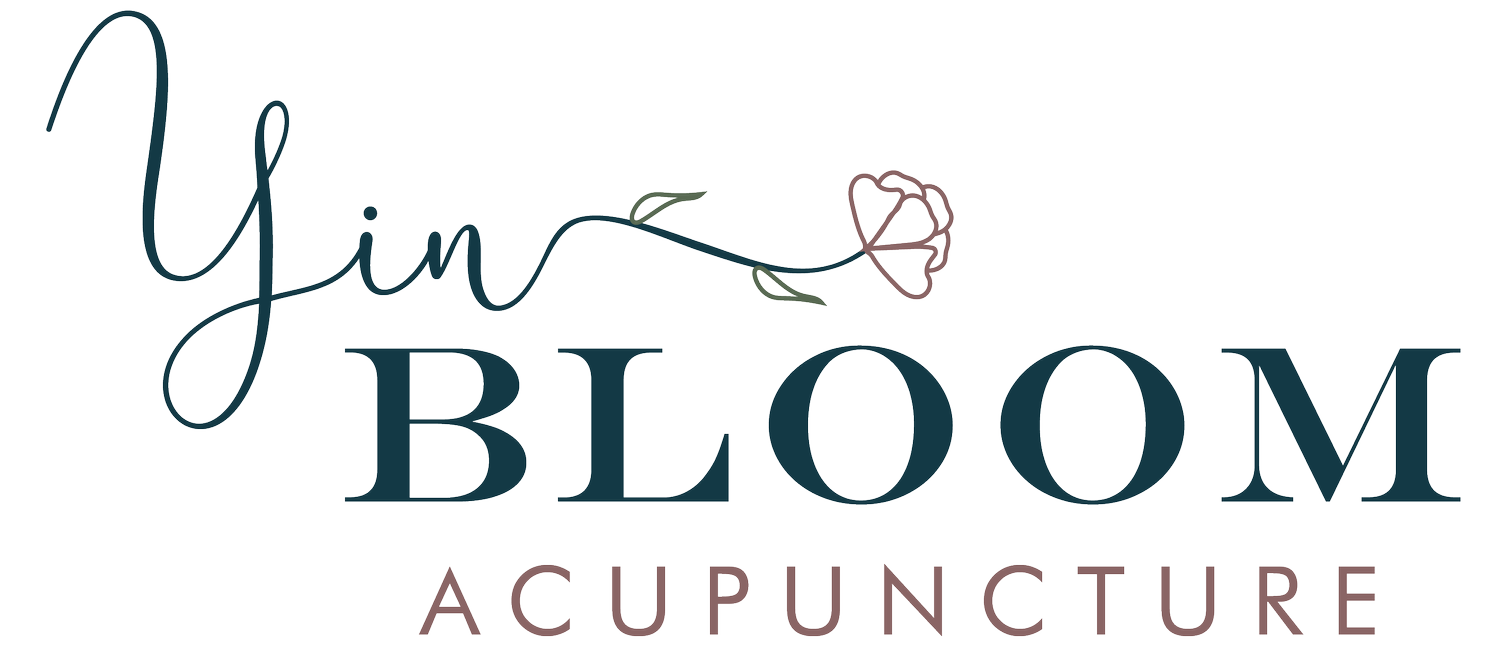What is PCOS & How Do I Know if I Have It?
A good friend of mine has PCOS. She didn't know she had it for a long time. She just knew that her period was really irregular or sometimes didn't come at all. She seemed to gain weight easily and never felt really comfortable in her body. She gained muscle really quickly if she worked out at the gym. It wasn't until she was trying to get pregnant that PCOS ever came on her radar. It wasn't easy to get pregnant and eventually, after multiple months of trying, she was looking for more answers.
So, what exactly is PCOS? Short for Polycystic Ovary Syndrome, PCOS is a lifelong hormonal condition. It can affect every system in the body including:
endocrine (hormones)
nervous (mental/emotional)
reproductive
integumentary (skin)
cardiovascular
gastrointestinal (metabolism)
immune
PCOS is the most common endocrine, or hormonal, disorder in women of reproductive age. It tends to manifest in three ways. 95% of women with PCOS have hyperandrogenism, an excess of male hormone androgen. You might see this as facial hair or, like my friend, more ease building muscle. 20% or women with PCOS have amenorrhea. This means absent periods. You might skip one month or many. 75% experience anovulatory infertility. This means your body is not ovulating.
PCOS is kind of tricky, I'm not gonna lie. There are four parts to the PCOS cycle and no exact place it starts. Generally, women with PCOS have higher levels of androgens (male hormones) produced. These hormones delay ovulation. When ovulation is delayed or does not occur this in turn results in low progesterone levels. This can mean a low amount of progesterone as well as a smaller amount of time of progesterone exposure. Progesterone helps prepare the uterus for pregnancy. Low amounts of progesterone or decreased time of exposure can lead to trouble getting pregnant because the uterine lining is not thick enough to support implantation or trouble staying pregnant because the uterus cannot maintain a healthy environment. Without enough progesterone to help lower the LH (luteinizing hormone) the level stays high, which in turn creates more testosterone/androgrens, continuing the cycle.
And on to this that about 70% of women with PCOS have insulin resistance*. 70% is considered a high association between insulin resistance and PCOS. For those women who do experience insulin resistance or high insulin levels, this also leads to higher level of androgens, perpetuating the cycle.
Image credit: Dr. Fiona McCullough
How Do I Know if I Have PCOS?
There are some typical signs and symptoms of PCOS you can watch out for if you are wondering if you might have it.
Hirsutism (her-soo-tism) or facial hair growth. This can occur due to the higher levels of androgens in the body. Approximately 90% of women with hirsutism have PCOS.
Irregular periods. Periods that are infrequent, far apart, or skipped can indicate PCOS. Because increased androgens impact ovulation, often periods are also affected.
Acne. Moderate to severe acne is common in women with PCOS, especially along the jawline. This again is due to increased androgens.
Infertility. Trouble getting or staying pregnant is a sign of low progesterone, part of the cycle of PCOS described above. There tend to be fewer fertile periods each year in which to get pregnant and egg quality is affected by hormonal shifts.
Hair loss. This can be caused by increased levels of androgens that come with PCOS, but is also associated with thyroid issues and iron levels.
Weight gain and difficult weight loss. This is related to insulin resistance, which causes our bodies to store fat, especially around the abdomen.
Want to know for sure? For a medical professional to diagnose PCOS you must have 2 out of 3:
Absent or irregular periods: This indicates an ovulatory dysfunction. It could be oligo-ovulation (irregular ovulation) or anovulation (lack of ovulation)
Lab or clinical signs of androgen excess. Physical signs include excess facial and/or body hair, acne, and male pattern baldness/hair loss. People can have different levels of androgen excess and it tends to decrease with age
Polycystic ovaries: ovaries that might be enlarged and contain follicles that surround the eggs. As a result, the ovaries might fail to function regularly. If 12 or more follicles measuring 2-9mm in diameter are found this is considered polycystic.
Where Does PCOS Come From?
The exact cause of PCOS is still unknown, but according to the CDC, PCOS is one of the most common causes of female infertility, affecting 6% to 12% (as many as 5 million) of US women of reproductive age. So, if you've been struggling to get or stay pregnant, it's definitely something you'll want to look into with your health care provider.
Stay tuned for the next post in this Polycystic Ovary Syndrome series as we explore how Traditional Chinese Medicine treats PCOS.


